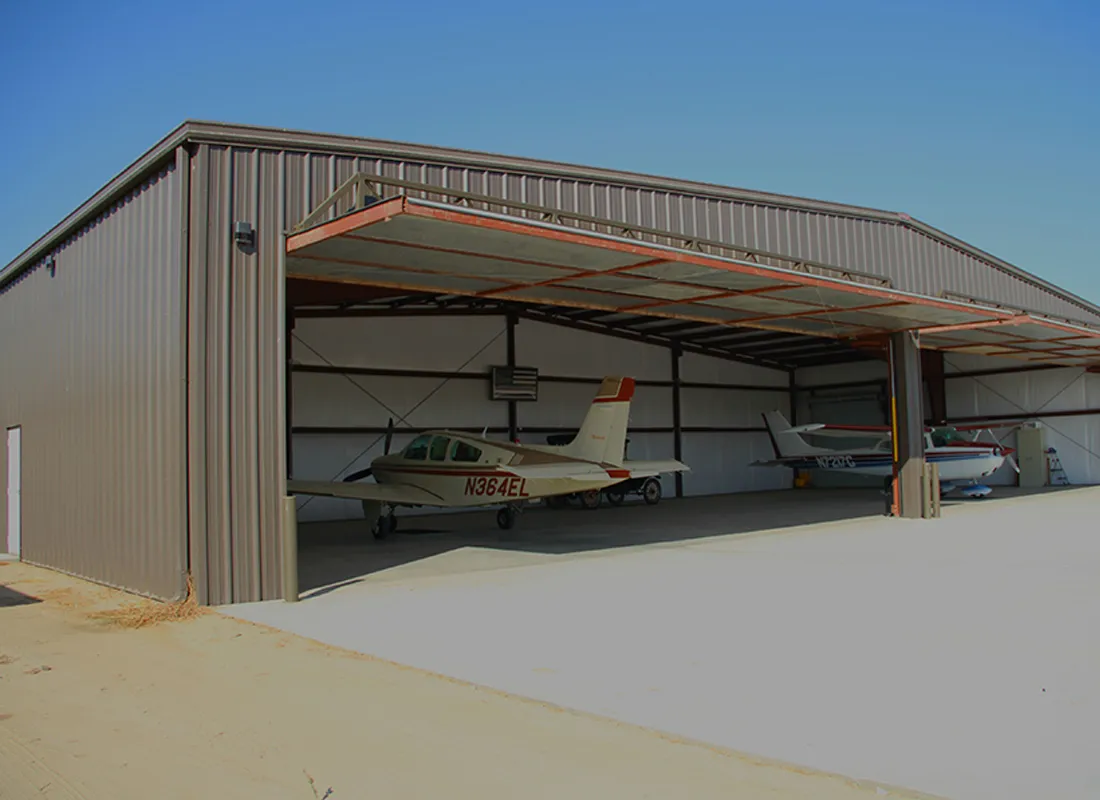- Afrikaans
- Albanian
- Amharic
- Arabic
- Armenian
- Azerbaijani
- Basque
- Belarusian
- Bengali
- Bosnian
- Bulgarian
- Catalan
- Cebuano
- Corsican
- Croatian
- Czech
- Danish
- Dutch
- English
- Esperanto
- Estonian
- Finnish
- French
- Frisian
- Galician
- Georgian
- German
- Greek
- Gujarati
- Haitian Creole
- hausa
- hawaiian
- Hebrew
- Hindi
- Miao
- Hungarian
- Icelandic
- igbo
- Indonesian
- irish
- Italian
- Japanese
- Javanese
- Kannada
- kazakh
- Khmer
- Rwandese
- Korean
- Kurdish
- Kyrgyz
- Lao
- Latin
- Latvian
- Lithuanian
- Luxembourgish
- Macedonian
- Malgashi
- Malay
- Malayalam
- Maltese
- Maori
- Marathi
- Mongolian
- Myanmar
- Nepali
- Norwegian
- Norwegian
- Occitan
- Pashto
- Persian
- Polish
- Portuguese
- Punjabi
- Romanian
- Russian
- Samoan
- Scottish Gaelic
- Serbian
- Sesotho
- Shona
- Sindhi
- Sinhala
- Slovak
- Slovenian
- Somali
- Spanish
- Sundanese
- Swahili
- Swedish
- Tagalog
- Tajik
- Tamil
- Tatar
- Telugu
- Thai
- Turkish
- Turkmen
- Ukrainian
- Urdu
- Uighur
- Uzbek
- Vietnamese
- Welsh
- Bantu
- Yiddish
- Yoruba
- Zulu
Nov . 01, 2024 06:18 Back to list
The Rise of Tubular Steel Buildings
In recent years, tubular steel buildings have gained prominence in the construction industry, owing to their unique structural advantages and aesthetic appeal. These buildings, which primarily utilize tubular sections made from steel, are becoming increasingly popular for a variety of applications, including commercial, industrial, and residential projects. This article explores the benefits, design features, and future prospects of tubular steel buildings.
One of the most significant advantages of tubular steel structures is their strength-to-weight ratio. Tubular sections are exceptionally strong while being lightweight, which allows for larger spans and reduced material costs. This characteristic makes them ideal for structures that require open spaces, such as warehouses and sports arenas. Furthermore, the ability to use lighter materials results in lower foundation costs, leading to significant savings in overall construction expenses.
Another advantage of tubular steel buildings is their versatility in design. The tubular shape allows for creative architectural designs that can enhance a building’s aesthetic appeal. Architects can implement curves, angles, and other distinctive shapes that may be challenging to achieve with traditional construction materials. The modern and sleek appearance of tubular steel often complements urban settings, contributing to the contemporary skyline of cities.
Durability is another key feature of tubular steel buildings. Steel is inherently resistant to many common issues such as rot, pests, and extreme weather conditions, making tubular structures a long-lasting investment. Additionally, the steel can be coated to enhance its resistance to corrosion, further extending the lifespan of the building. This durability translates into lower maintenance costs for owners and a reduced need for repairs over time.
tubular steel buildings

Sustainability is becoming increasingly crucial in construction, and tubular steel buildings can contribute to green building practices. Steel is 100% recyclable, meaning that buildings can be deconstructed rather than demolished, allowing materials to be reused in future projects. Additionally, the energy required to produce tubular steel is less than that needed for traditional materials, contributing to a smaller carbon footprint.
On the economic front, the construction timeline for tubular steel buildings is often shorter than that of conventional structures. Pre-fabrication of steel elements can occur off-site, reducing labor costs and minimizing on-site construction time. This efficiency is particularly beneficial for businesses that need to minimize downtime during the construction phase.
Looking forward, the future of tubular steel buildings appears bright. As advancements in technology continue to evolve, new methods of fabrication and design are likely to emerge, enhancing the capabilities and applications of tubular steel. Furthermore, heightened awareness of sustainability and efficient building practices will drive demand for these structures.
In conclusion, tubular steel buildings represent a significant innovation in modern construction. Their strength, versatility, durability, and sustainability make them an attractive option for a wide range of applications. As the construction industry moves towards more efficient and environmentally friendly practices, tubular steel is poised to play an increasingly important role in shaping the built environment of the future.
-
How Do Prefabricated Steel Structures Transform Modern Construction?
NewsJul.14,2025
-
How Do Prefabricated Metal Buildings Redefine Modern Construction?
NewsJul.14,2025
-
How Do Prefab Insulated Metal Buildings and Steel Structures Revolutionize Modern Construction?
NewsJul.14,2025
-
How Do Pre - Engineered Steel Structures Redefine Modern Construction?
NewsJul.14,2025
-
Advancing Modular Construction with Prefabricated Metal Structures
NewsJul.14,2025
-
Advancing Industrial Infrastructure with Prefabricated Steel Solutions
NewsJul.14,2025
Products categories
Our Latest News
We have a professional design team and an excellent production and construction team.












